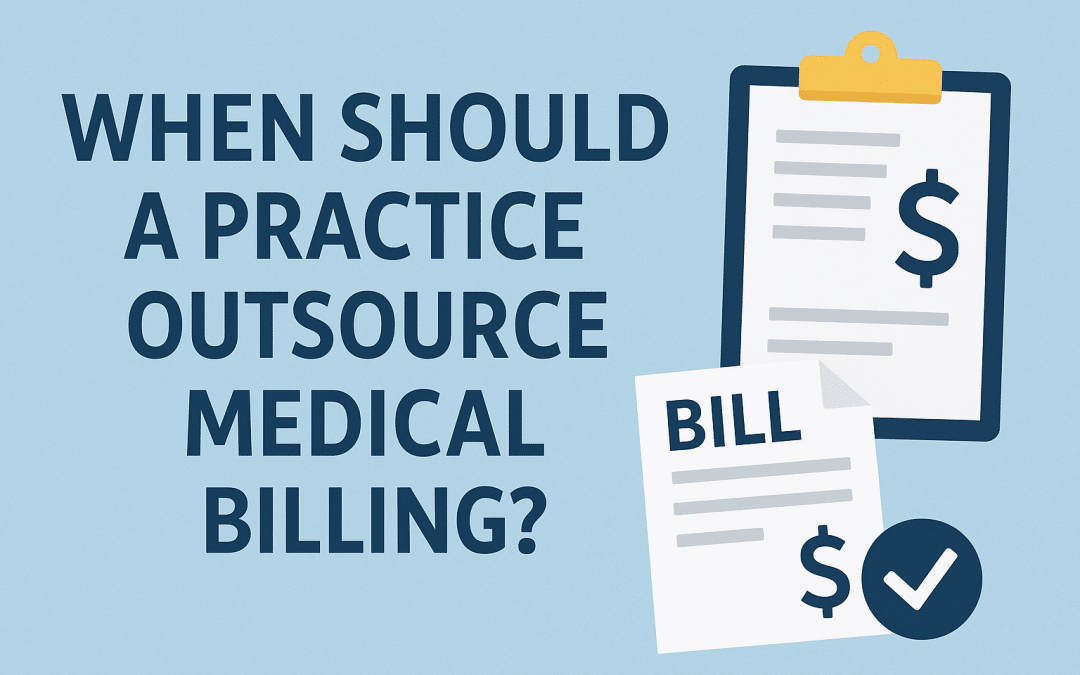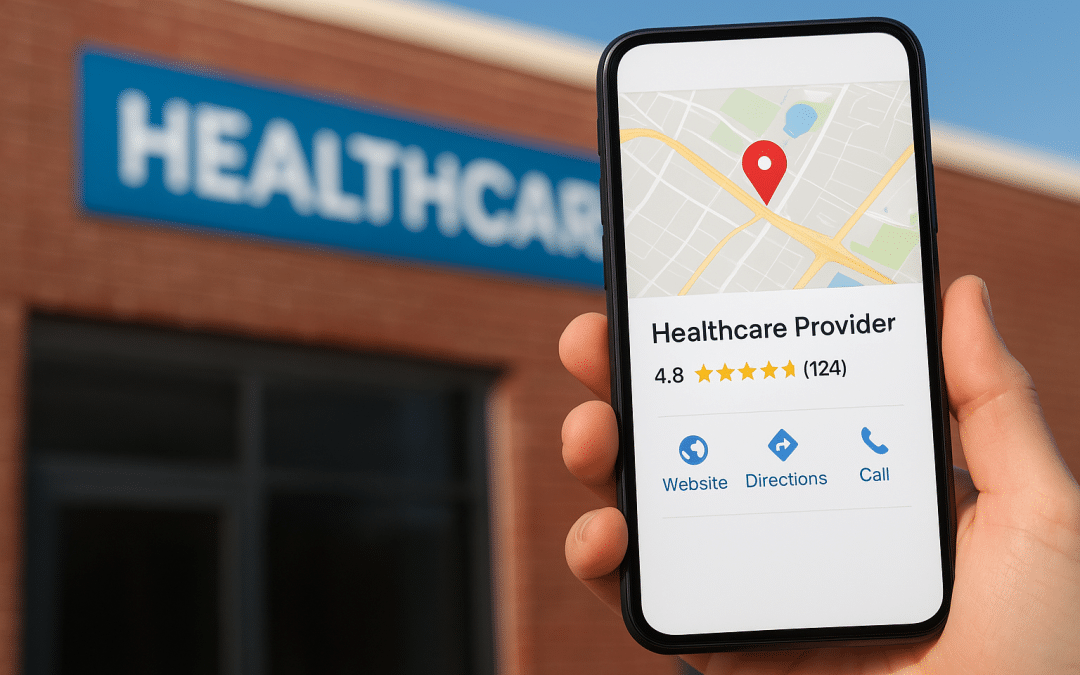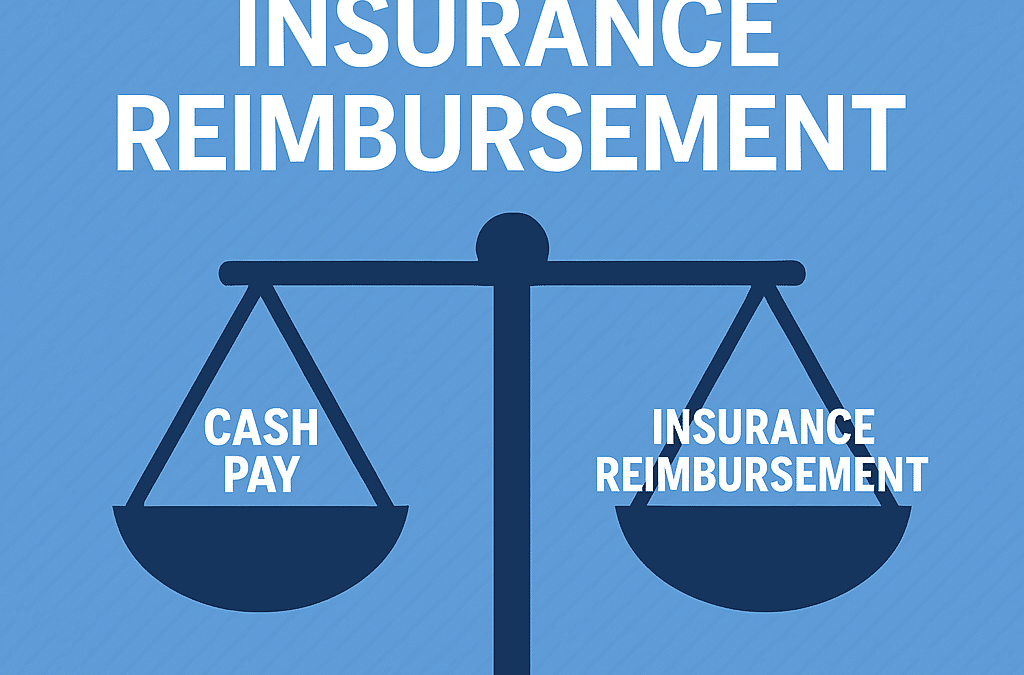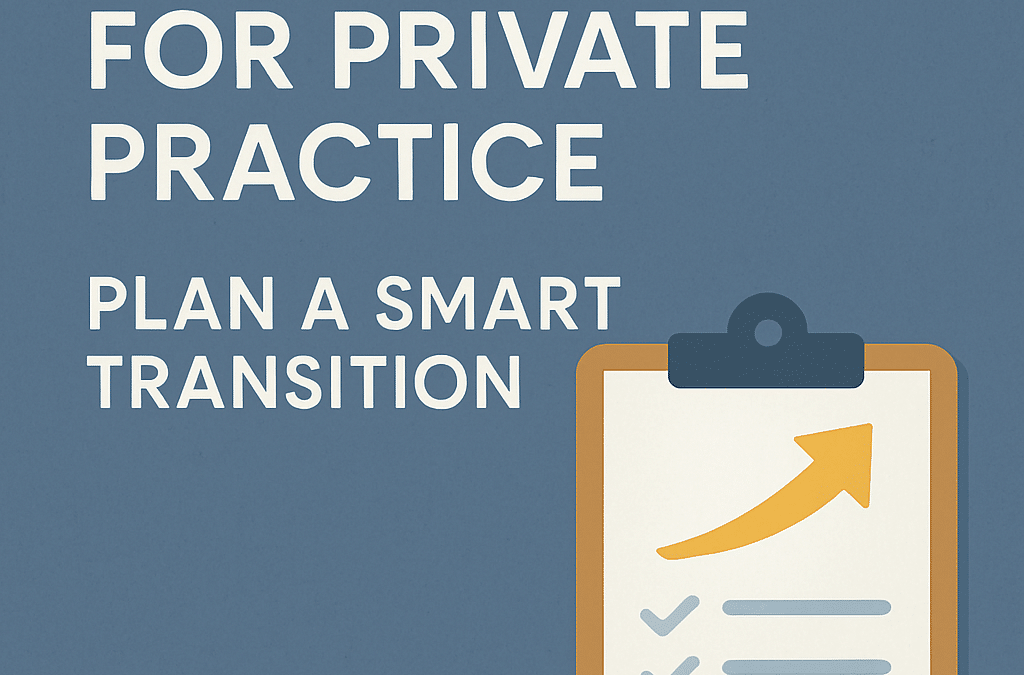
Healthcare Marketing Strategies: Are You Doing It Right?
Marketing in the healthcare industry presents unique challenges and opportunities. Unlike other industries, healthcare providers must navigate strict regulations, patient privacy concerns, and the need to build trust. Yet, with the rise of digital platforms and increasing patient demand for accessible, relevant information, healthcare providers can utilize various strategies to grow their practices organically and through paid initiatives.
In healthcare, there are three general marketing channels: organic, paid, and referral/field marketing. Even with these broad categories, it can still be challenging to determine whether you’re using the right marketing channels and if your efforts are effective.
Understanding the Basics of Healthcare Marketing
The effectiveness of your healthcare marketing strategies depends largely on how well you understand your target audience. Sometimes, your target audience may be the patients themselves, while in other cases—such as with elderly care—the target might be caretakers or family members.
Here are a few key questions to help you define your audience:
- What age group, gender, and income level are you targeting?
- What are their health concerns, and what services are they likely to search for?
- What insurance provider do they have? Or are they seeking cash-pay options?
- How are patients finding their healthcare providers—through the internet or more traditional methods like referrals and local ads?
Once you have a thorough understanding of your target audience, you can select the most suitable marketing channels to engage them.
Organic Marketing Methods
Organic marketing focuses on attracting patients naturally over time without relying on paid advertising. In healthcare, organic strategies can be highly effective in building trust and authority within the industry. Here are some essential organic marketing methods to consider:
1. Search Engine Optimization (SEO)
Search Engine Optimization (SEO) allows healthcare providers to improve their visibility on search engines when potential patients are looking for services. By optimizing your website’s content, you can rank for relevant search terms like “pediatrician near me” or “physical therapy in [city].”
Key aspects of SEO include:
- Creating high-quality, informative content
- Improving website speed and mobile optimization
- Incorporating local SEO to target patients within your region
2. Content Marketing
Providing valuable information through blog posts, guides, and videos drives traffic to your site while establishing your healthcare company as an authority in the field. Educational content related to treatments, conditions, and wellness tips can attract patients seeking information, which builds trust.
3. Social Media Presence
Platforms like Facebook, Instagram, and TikTok offer opportunities for healthcare providers to connect directly with patients. Share health tips, patient testimonials, and behind-the-scenes content to create a sense of community and engagement.
4. Online Reviews and Reputation Management
Positive reviews on platforms like Google My Business, Healthgrades, and Yelp can significantly boost your credibility. Encouraging patients to leave reviews after their appointments not only helps build trust but also improves your local SEO ranking.
Paid Marketing Methods
While organic marketing can take time to produce results, paid marketing provides immediate visibility and can complement your organic strategies.
1. Pay-Per-Click (PPC) Advertising
PPC campaigns, such as Google Ads, allow healthcare providers to target specific keywords and appear at the top of search results. PPC ads are useful for capturing patients who are actively seeking medical services.
2. Display and Social Media Ads
Healthcare companies can leverage display ads and social media advertising to reach broader audiences or target specific groups, such as parents or seniors. These ads can help promote seasonal services like flu shots or introduce new services.
3. Retargeting Campaigns
Retargeting shows ads to users who have already visited your website but didn’t convert. It’s an effective way to remind potential patients about your services and encourage them to book appointments.
Referral/Field Marketing Methods
Referral marketing leverages your existing patient base and other healthcare providers to grow your practice.
1. Patient Referral Programs
Offer incentives to existing patients for referring new ones. A patient referral program might include discounts, rewards, or special perks for those who bring in new referrals.
2. Building Relationships with Other Healthcare Providers
Building strong relationships with other healthcare providers (like specialists) for referrals can be a powerful way to grow your patient base. This is especially effective in fields where specialists can refer patients to general practitioners and vice versa.
How Do You Know If You’re Doing It Right?
The key to effective healthcare marketing lies in tracking and measuring the success of your efforts. To determine if your strategies are working, follow these steps:
1. Set Clear KPIs
Each marketing channel should have specific key performance indicators (KPIs). For example:
- SEO: Track organic traffic and keyword rankings.
- PPC: Measure click-through rates (CTR), conversion rates, and cost per acquisition.
- Social Media: Monitor engagement, followers, and traffic generated.
2. Monitor and Adjust Campaigns
Use tools like Google Analytics, social media insights, and your CRM platform to regularly monitor performance. If certain campaigns are underperforming, tweak your messaging, audience targeting, or budget allocation accordingly.
3. Patient Feedback and Satisfaction
Ask your patients how they found you and what influenced their decision to choose your practice. Understanding their feedback will help you gauge the effectiveness of your marketing strategies.
Conclusion
Effective healthcare marketing requires a combination of organic, paid, and referral strategies that are aligned with your audience’s needs and preferences. By continuously measuring your success, adjusting your campaigns, and optimizing for growth, you can build a thriving practice.
If you’re unsure about whether you’re on the right track with your marketing, please contact us and we would be more than happy to make sure you are doing it right.









